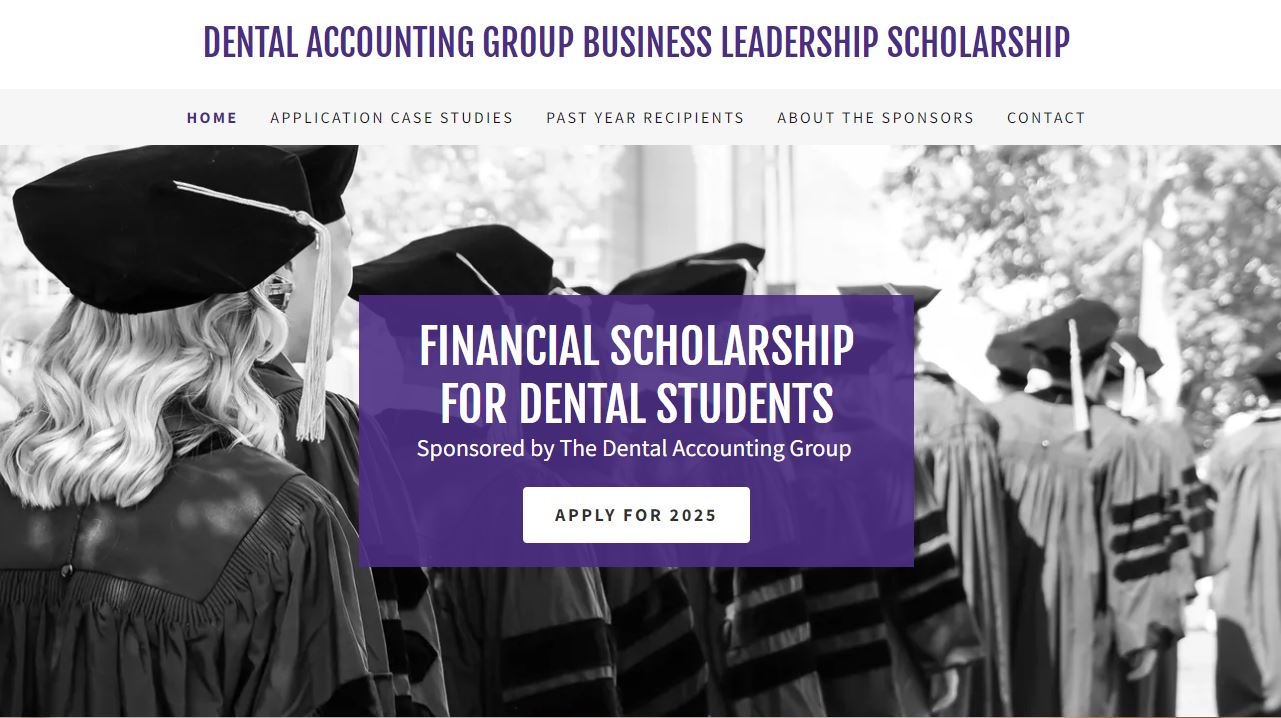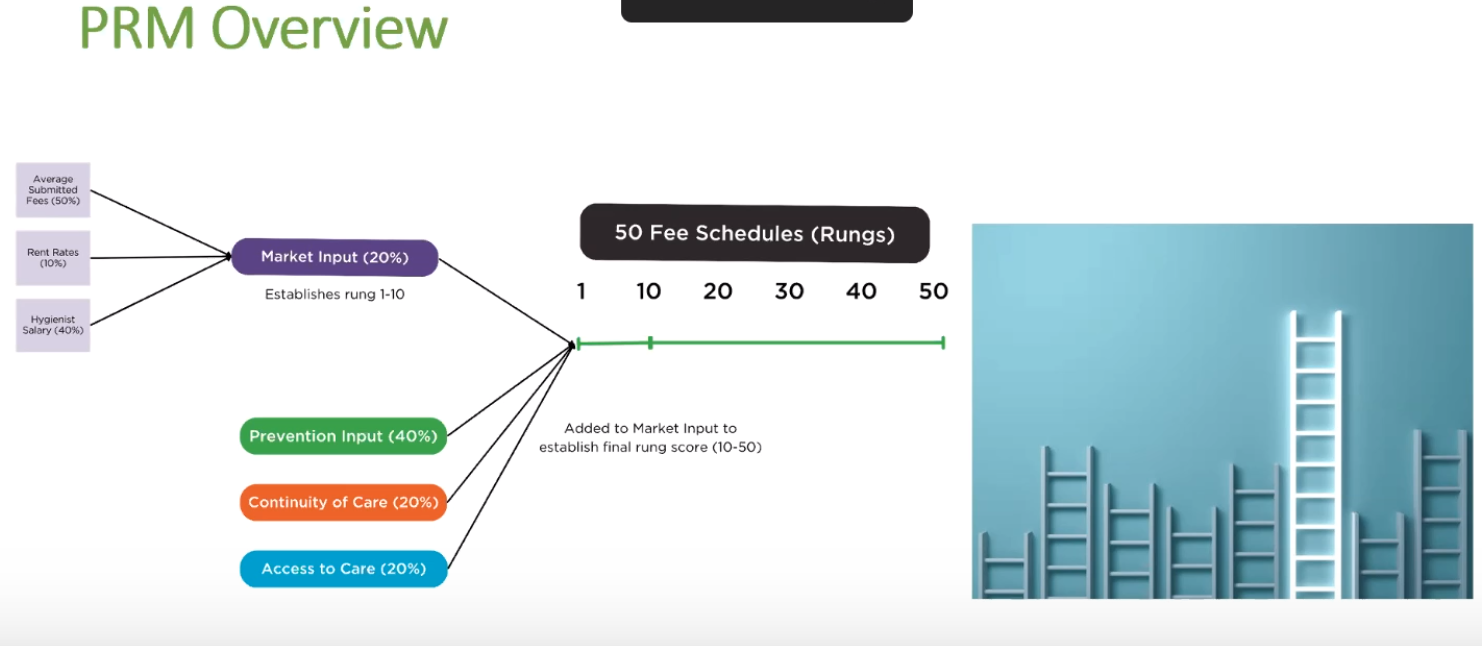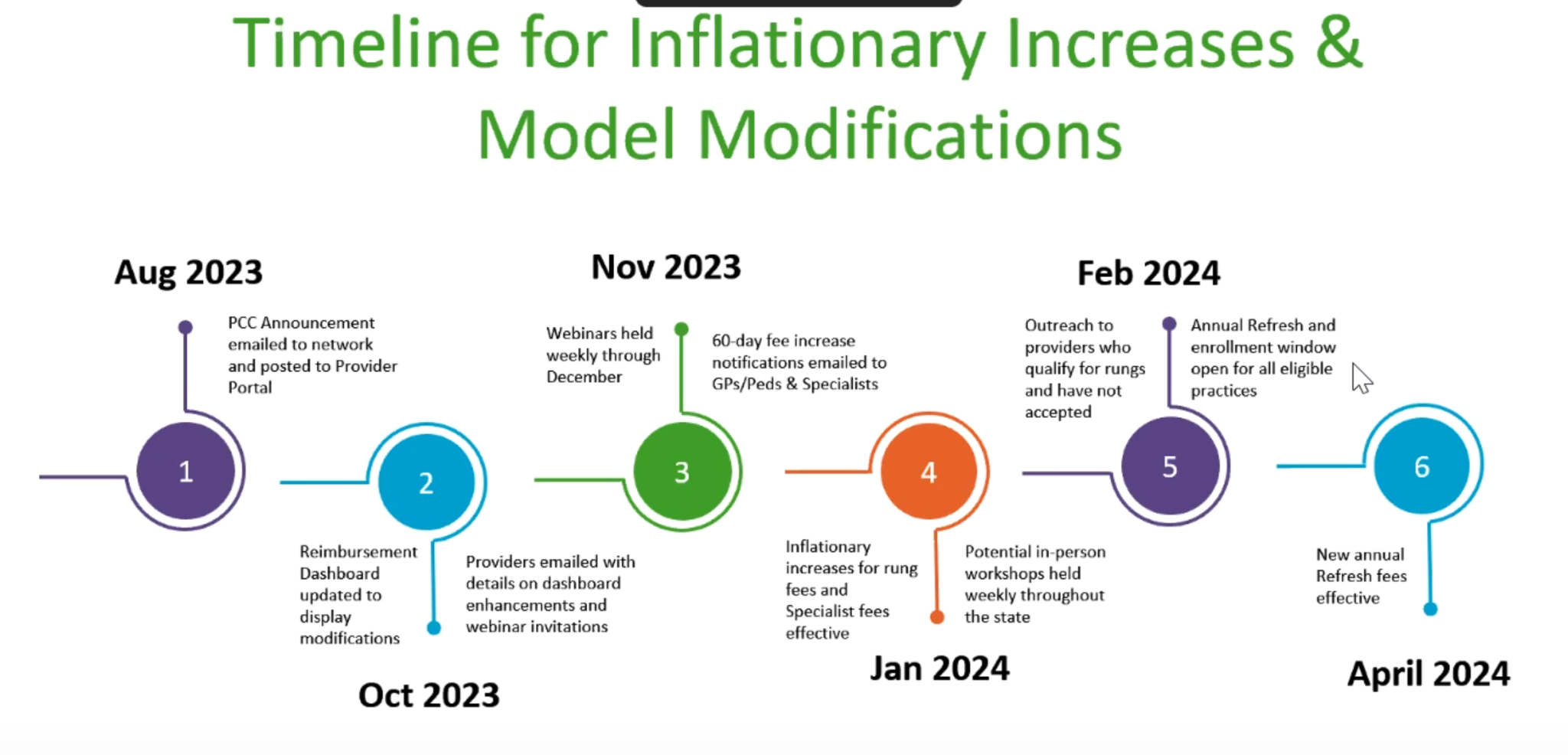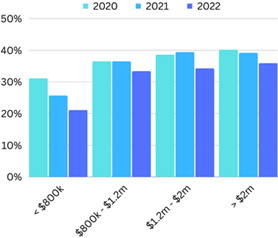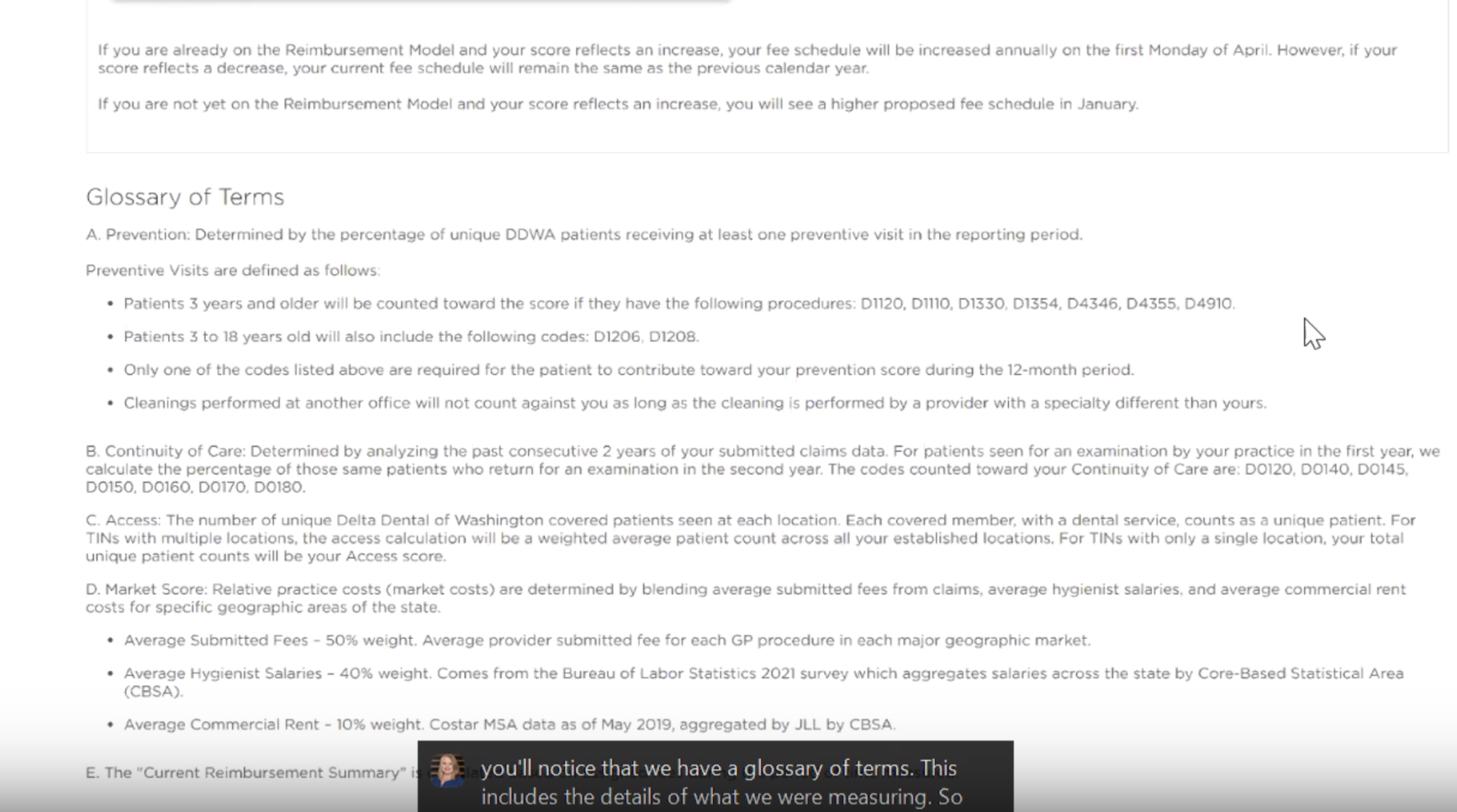The OBBB (Oh-Triple-Bee as we are starting to call it) Act officially passed and signed into law on July 4th, 2025 by the President. We have been diligently reviewing source material to craft our tax planning approach for 2025 and future years. Please note that we are still waiting for additional IRS guidance, but in the interim, here is a short summary of the key tax provisions:
Key Takeaways for Dentists:
- Tax rates from the 2017 Tax Cuts & Jobs Act made permanent
- 10%, 12%, 22%, 24%, 32%, 35%, and 37%
- Enhanced inflation adjustment for 10%/12%/22% brackets.
- Qualified Business Income Deduction made permanent at 20%
- State and Local Tax (SALT) limit raised to $40k ($20K MFS) with a phase-down over $500k of Modified Adjusted Gross Income. Reverts back to $10k in 2030.
- SALT cap increases 1% per year starting in 2025 through 2029
The Pass-Through Entity (PTE) tax work around was on the chopping block, but in the final Senate version this tax saving strategy for business owners was saved, which will benefit high-earning practice owners in income tax states like California and Montana.
- Child tax credit increased to $2,200 per child, adjusted for inflation thereafter. Phase out begins at $400k Modified Adjusted Gross Income (if filing jointly).
- Trump Retirement & Savings Account (Trump Account) is introduced – Invest up to $5,000 per child per year until the child turns 18. Funds must be invested in US stock market index funds. The US Government will give $1,000 per baby born between 2025 – 2028.
- Employers can make up to $2,500 in nontaxable contributions per employee. We need more guidance from the IRS regarding compliance.
- Trump accounts grow tax-deferred until the beneficiary withdraws the money.
- Expanding the use of section 529 tax-advantaged savings accounts for qualified higher education expenses, including “qualified postsecondary credentialing expenses” related to professional licensure. We believe CE programs like AGD, Spears and KOIS fall under this new definition.
- Charitable deductions: Under OBBBA, the deduction has been expanded to include a permanent “above-the-line” deduction for taxpayers who do not itemize their deductions. Beginning in 2026, taxpayers who do not itemize can claim a deduction of up to $1,000 ($2,000 for those taxpayers who are married filing jointly) for certain charitable contributions. Taxpayers who itemize are subject to a 0.5% floor of their modified adjusted gross income. For example, a household with $300k in MAGI would not be able to deduct the first $1,500 in charitable contributions. New carryover rules would also apply. OBBBA also makes the 60% contribution limit for cash gifts to qualified charities permanent.
- Green energy tax credits are repealed including electric vehicle credits, installation of home EV charging equipment, and some residential energy credits such as insulation, windows, or energy efficient heating and cooling systems (including solar). Most Inflation Reduction Act (IRA) credits will terminate 2025-2027.
- Exemption for overtime pay up to $12,500 per year (2025 to 2028) via a tax deduction (above the line). Must be reported on Form W-2 (waiting on additional guidance).
- Above the line deduction for auto loan interest up to $10,000 per year (2025 – 2028). The car must be new (not used) and be assembled in the United States. EV cars are eligible. Debt must have been incurred after 12/31/24. Deduction is completely phased out when income is over $150k ($250k married filing jointly)
- Senior Citizens aged 65 and older will get an additional $6,000 added to their standard deduction (in an effort to offer relief to those collecting Social Security (2025 – 2028).
- Health Savings Account (HSA) changes – expanded coverage & eligibility.
- Employer education plans paying student loan payments – extended permanently.
- Increasing the filing threshold for Forms 1099-NEC and Forms 1099-MISC from $600 to $2,000, adjusted for inflation.
- The 100% depreciation deduction is now permanent. This replaces the phase-down of 40% for property after January 19, 2025.
- A temporary 100% expensing for qualifying structures that start construction in 2025-2028 will be granted.
- The OBBB Act overhauls federal student loan repayment by eliminating all existing Income-Driven Repayment (IDR) plans and replacing them with the standard repayment plan and the Repayment Assistance Plan (RAP). While RAP caps monthly payments at 10% of discretionary income, it extends the repayment period to 30 years (360 payments) before any remaining balance is forgiven, compared to current plans that offer forgiveness after 10-25 years.
- The temporary increase to the estate and gift tax exemption has been made permanent and increased further to $15 million.
- Higher exemptions and phase-out thresholds for the Alternative Minimum Tax have been made permanent, meaning very few taxpayers will be subject to it.
- Total itemized deductions are subject to a new phase-out for higher incomes. The otherwise allowable deduction is reduced by 2/37 of the lesser of (1) the amount of the itemized deductions or (2) the amount of the taxpayer’s taxable income that exceeds the start of the 37% tax rate bracket.
Impact for Dental Practice Owners:
Most of our clients will continue to benefit from key tax provisions passed in the original Tax Cuts and Jobs Act (TCJA) from 2017. We continue to review text from the One Big Beautiful Bill Act and participate in CPA industry group discussions. We will keep you updated as information becomes available from the IRS.
Any Questions? Feel free to reach out to our office.
-Your Dental Accounting Group






